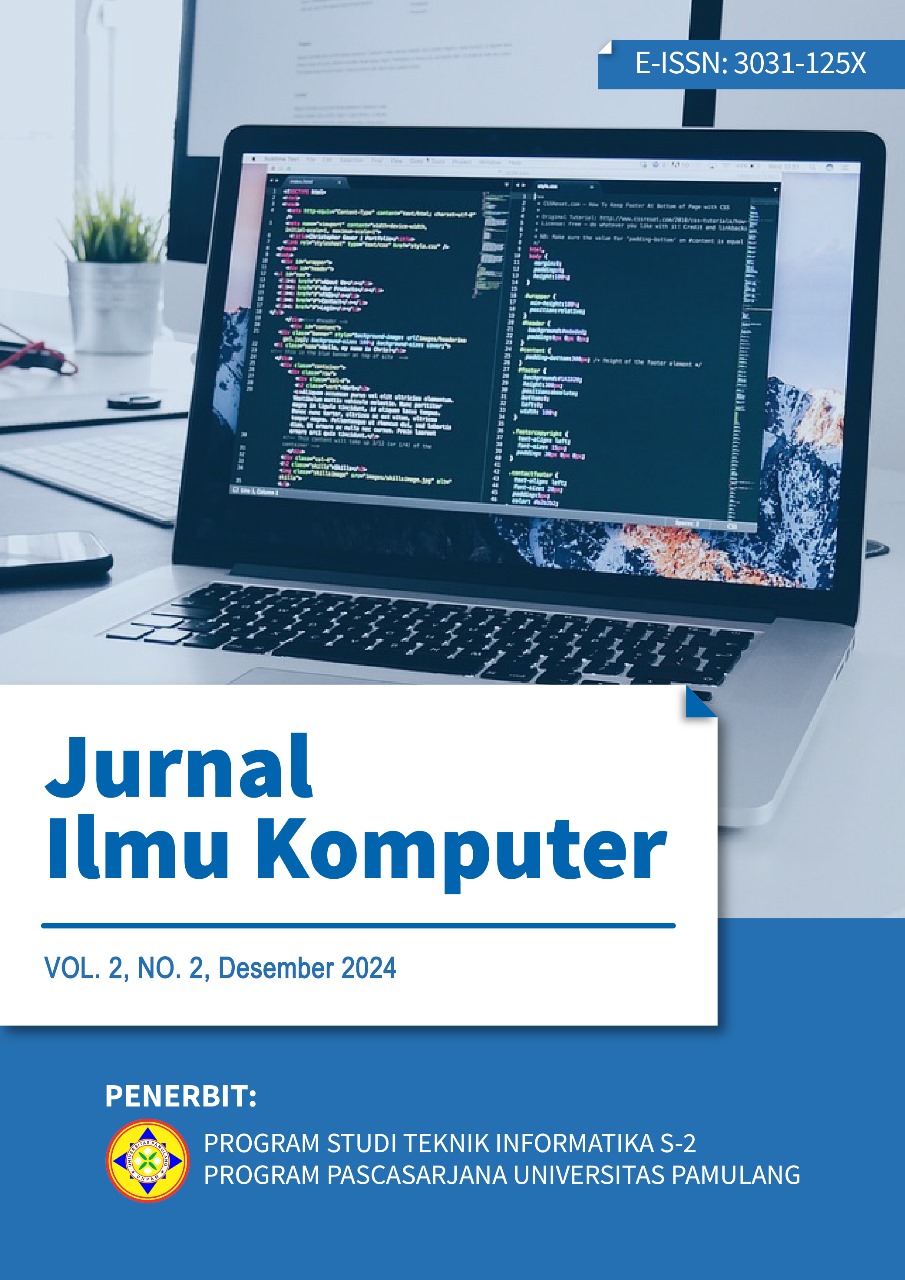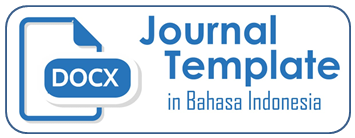Uji Performansi Algoritma K.Means Dalam Mencari Cluster Terbaik Pada Data Sales, Stock Produk Food Beverage
Uji Performansi Algoritma K.Means Dalam Mencari Cluster Terbaik Pada Data Sales, Stock Produk Food Beverage (Studi Kasus: PT.Airmas International)
Keywords:
algoritm, cluster, K- Means Clustering, testAbstract
This research was conducted with the aim of knowing the products that are most in demand by customers, also knowing the products that sell less and knowing the accuracy of testing the performance of sales, stock data. The qualitative method used focuses on interpretation and understanding of interviews or observations to collect sales data, stock of 23 food beverage product items. The results of manual calculation of the k-means algorithm with sales data, stock is to find out the number of products that are in demand by customers with categories: very salable = 3 product items, salable = 5 product items, less salable = 15 product items, then sales data, stock is tested with RapidMiner and Python applications for clustering / grouping what products are in demand by customers the results are the same as the categories: very salable = 3 product items, salable = 5 product items, less salable = 15 product items and looking for the best number of clusters is 3.
References
[1] A. T. Rahman, W. Wiranto, dan R. Anggrainingsih, “Coal Trade Data Clustering Using K-Means (Case Study Pt. Global Bangkit Utama),” ITSMART J. Teknol. dan Inf., vol. 6, no. 1, hal. 24–31, 2017.
[2] A. Prasetya, R. Salkiawati, dan A. D. Alexander, “Analisis Cluster K-Means dengan Metode Elbow untuk Menentukan Pola Penjualan Produk Traffic Room Summarecon Mal Bekasi,” J. Students‘ Res. Comput. Sci., vol. 4, no. 1, hal. 105–118, 2023, doi: 10.31599/jsrcs.v4i1.2480. [6]
[3] A. Nugraha, O. Nurdiawan, dan G. Dwilestari, “Penerapan Data Mining Metode K-Means Clustering Untuk Analisa Penjualan Pada Toko Yana Sport,” JATI (Jurnal Mhs. Tek. Inform., vol. 6, no. 2, hal. 849–855, 2022, doi: 10.36040/jati.v6i2.5755.
[4] D. O. Dacwanda dan Y. Nataliani, “Implementasi k-Means Clustering untuk Analisis Nilai Akademik Siswa Berdasarkan Nilai Pengetahuan dan Keterampilan,” Aiti, vol. 18, no. 2, hal. 125–138, 2021, doi: 10.24246/aiti.v18i2.125-138.
[5] E. Rahmawati, Y. H. Chrisnanto, dan A. Maspupah, “Identifikasi Kemampuan Akademik Mahasiswa Menggunakan K-Means Clustering,” Pros. SEMNAS Inov. Teknol., hal. 87–92, 2019, [Daring]. Tersedia pada: https://proceeding.unpkediri.ac.id/index.php/inotek/article/view/518
[6] M. R. Nugroho, I. E. Hendrawan, dan P. P. Purwantoro, “Penerapan Algoritma K-Means Untuk Klasterisasi Data Obat Pada Rumah Sakit ASRI,” Nuansa Inform., vol. 16, no. 1, hal. 125–133, 2022, doi: 10.25134/nuansa.v16i1.5294.
[7] R. K. Dinata, S. Safwandi, N. Hasdyna, dan N. Azizah, “Analisis K-Means Clustering pada Data Sepeda Motor,” INFORMAL Informatics J., vol. 5, no. 1, hal. 10, 2020, doi: 10.19184/isj.v5i1.17071.
[8] S. Dewi dan S. Fatimah, “Implementasi Metode Clustering Algoritma K-Means untuk Menentukan Kelompok Tahfidz dan Tahsin di Pesantren Siswa Al-Ma’soem,” J. Account. Inf. Syst., vol. 6, no. 1, hal. 10–18, 2023, doi: 10.32627/aims.v6i1.701.
[9] S. Syahidatul Helma et al., “Clustering pada Data Fasilitas Pelayanan Kesehatan Kota Pekanbaru Menggunakan Algoritma K-Means,” Puzzle Res. Data Technol. Fak. Sains dan Teknol., vol. 1, no. November, hal. 4, 2019.
[10] S. I. Murpratiwi, I. G. Agung Indrawan, dan A. Aranta, “Analisis Pemilihan Cluster Optimal Dalam Segmentasi Pelanggan Toko Retail,” J. Pendidik. Teknol. dan Kejuru., vol. 18, no. 2, hal. 152, 2021, doi: 10.23887/jptk-undiksha.v18i2.37426.
Downloads
Published
Versions
- 2025-01-13 (2)
- 2024-12-30 (1)
Issue
Section
License
Copyright (c) 2025 Haris Fadillah, Achmad Hindasyah, Joni Prasetyo

This work is licensed under a Creative Commons Attribution-ShareAlike 4.0 International License.



